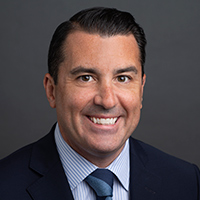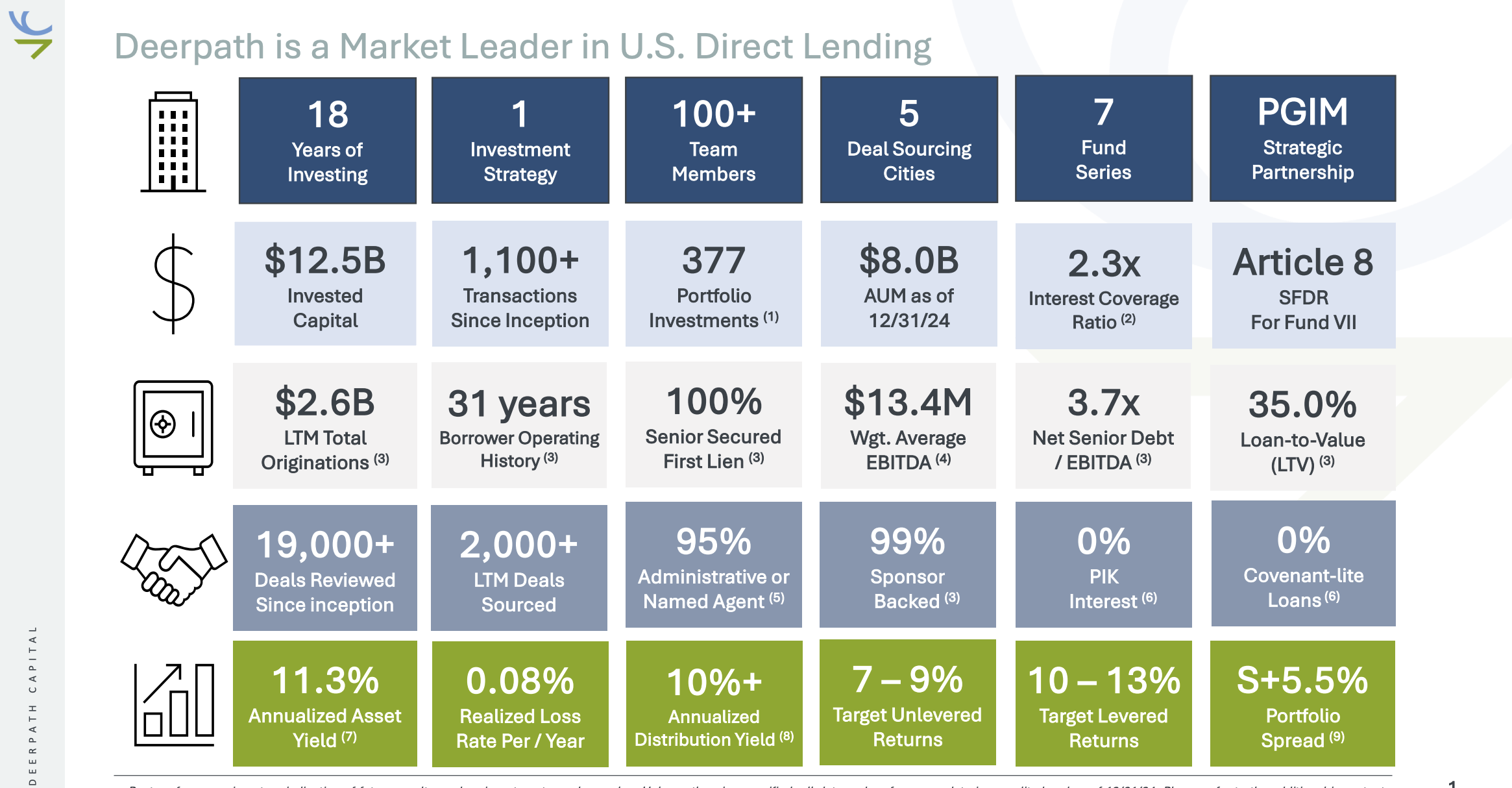

100 E Pratt St, Baltimore, MD 21202

Ben Riley
Senior Relationship Managers, Insurance
benjamin.riley@troweprice.com, 410.345.2223

Brian Rapino
Senior Relationship Managers, Insurance
brian.rapino@troweprice.com, 646.327.7050
About T. Rowe Price
T. Rowe Price is a global asset management firm with broad investment capabilities across Equity, Fixed Income, Multi-Asset and Alternative Strategies, highly committed to excellence in service and putting client interests first. We understand that insurers have many unique considerations impacting portfolio design, and we are proud to work with many of the largest insurers in the world delivering diverse and custom solutions designed to meet those needs. Our dedicated insurance relationship managers act as an extension of your team and serve as a conduit to the T. Rowe Price organization while proactively bringing the firm’s vast resources to bear. We offer a consultative, problem-solving approach and the ability to implement solutions based on specific client objectives, constraints, and risk tolerance.
Manager Profile
 Download tear sheet
Download tear sheet
01 2024
ESG Integral to Emerging Markets Corporate Bond Investing
In this Q&A, we sit down with Siby Thomas, co-portfolio manager for the Emerging Markets Corporate Bond Strategy, to discuss the importance of environmental, social, and governance (ESG); his approach; and the key trends to watch out for in this space in the future.
Strategy Focus on Global Impact Credit
Matt Lawton gives an overview of the characteristics and attributes of the Global Impact Credit strategy.
Episode 139: Global Fixed Income and More with Arif Husain, Fixed Income CIO of T. Rowe Price
Arif Husain is the Head of International Fixed Income and CIO at T. Rowe Price.
The Art of Actively Managing Interest Rate Risk
When managing interest rate risk, it’s important to go beyond duration as risk and alpha opportunities can also be found in country selection, convexity, curve positioning, and security selection.
Perspectives on Securitized Credit
Securitized credit markets experienced a choppy rebound to start 2023. We discuss the driving factors and what’s next.
Smoothing the Ride for Credit Allocations
The Dynamic Credit Strategy seeks to offer investors a “smoother ride” in credit investing by finding diverse alpha sources in a variety of market environments. The strategy focuses on credit selection and sector rotation across the credit spectrum by harnessing expertise across T. Rowe Price’s global multi-sector research platform.
Fostering Change With Impact Investing
Impact investing has gained traction in recent years to address the needs of investors seeking a more values-based investment approach. We brought together our three impact portfolio managers to discuss the rise of impact investing and how they see the sector evolving.
When Markets Twist and Turn, Flex Your Fixed Income
After a challenging period, bond markets are better priced for the new realities of high inflation and tighter monetary policy. Therefore, we have identified five flexible bond opportunities to help investors navigate the current market environment.
Perspectives on Securitized Credit
After a difficult year, securitized credit markets exited 2022 with positive momentum that carried over into early 2023. Valuations remain attractive relative to corporate bonds, yields are sitting well above their long-term averages, and we believe that strong bond pickers could be rewarded as fundamentals come under greater scrutiny.
Episode 115: The Private Credit Landscape with Bill Bohnsack, President of Oak Hill Advisors
Bill Bohnsack is the President of Oak Hill Advisors.
Global Impact Credit—One Year On
With one year having passed since the launch of the strategy, Portfolio Manager Matt Lawton answers questions about the evolution of impact investing over the past 12 months, activity within the strategy, successes and challenges, and what he is watching in 2023.
Five Key Insights From 2022
The Fed is committed to do whatever it takes to get inflation back to healthy levels. In 2022, the rout in bonds helped to restore healthy yields but reminded investors that stocks and bonds can sometimes sell off at the same time. Meanwhile, a focus on socially oriented goals could lead to less predictable economic policy changes in China.
The Active Advantage in High Yield
There is a strong case to be made for active management in high yield bonds, in our view, with an active approach offering several advantages. Active management allows for fundamental analysis and security selection across the full high yield universe as well as the ability to nimbly reposition a portfolio to take advantage of macro trends.
Do Not Underestimate the Impact of Quantitative Tightening
Central banks appear to intend quantitative tightening (QT) measures to run largely in the background. However, our analysis suggests that QT measures may have a much bigger economic impact than expected. This may result in banks tightening more than necessary in order to bring inflation down, potentially exacerbating recessionary dynamics.
Impact Investing in Credit: Debunking Four Common Misconceptions
Companies are being measured not only by their earnings and cash flow, but according to the effect their activities have on the environment and society. As a result, credit investors no longer judge those companies solely on their risk and return characteristics, but increasingly by their external impact as well.
The Case for a Strategic Allocation to High Yield Bonds
High yield bonds, in our view, have a key role as a strategic long-term investment and a mainstay allocation in a well diversified portfolio. Historically, high yield bonds have provided equity-like returns with less volatility.
Why Impact Investing Goes Beyond Green Bonds
What does impact investing mean? We're joined by Matt Lawton, portfolio manager in the Fixed Income Division at T. Rowe Price.
Finding Opportunities in Evolving Fixed Income Markets
Flexibility and a collaborative multi-sector approach, in our view, are essential components of fixed income portfolio management. We seek to combine well-diversified sector allocation with tactical insights to pursue consistent risk-adjusted returns across different market environments while capitalizing on bond market inefficiencies.




 PODCAST
PODCAST
















